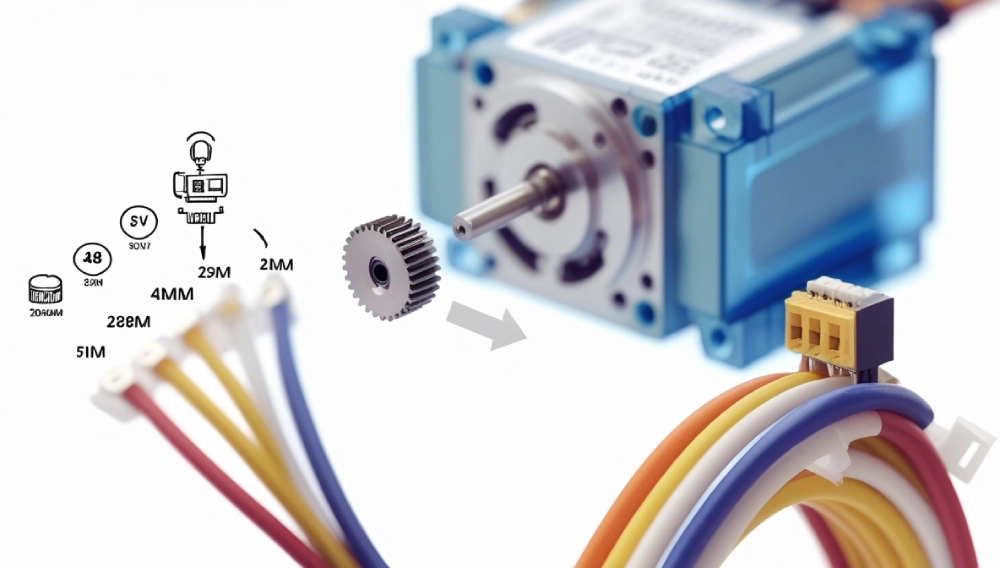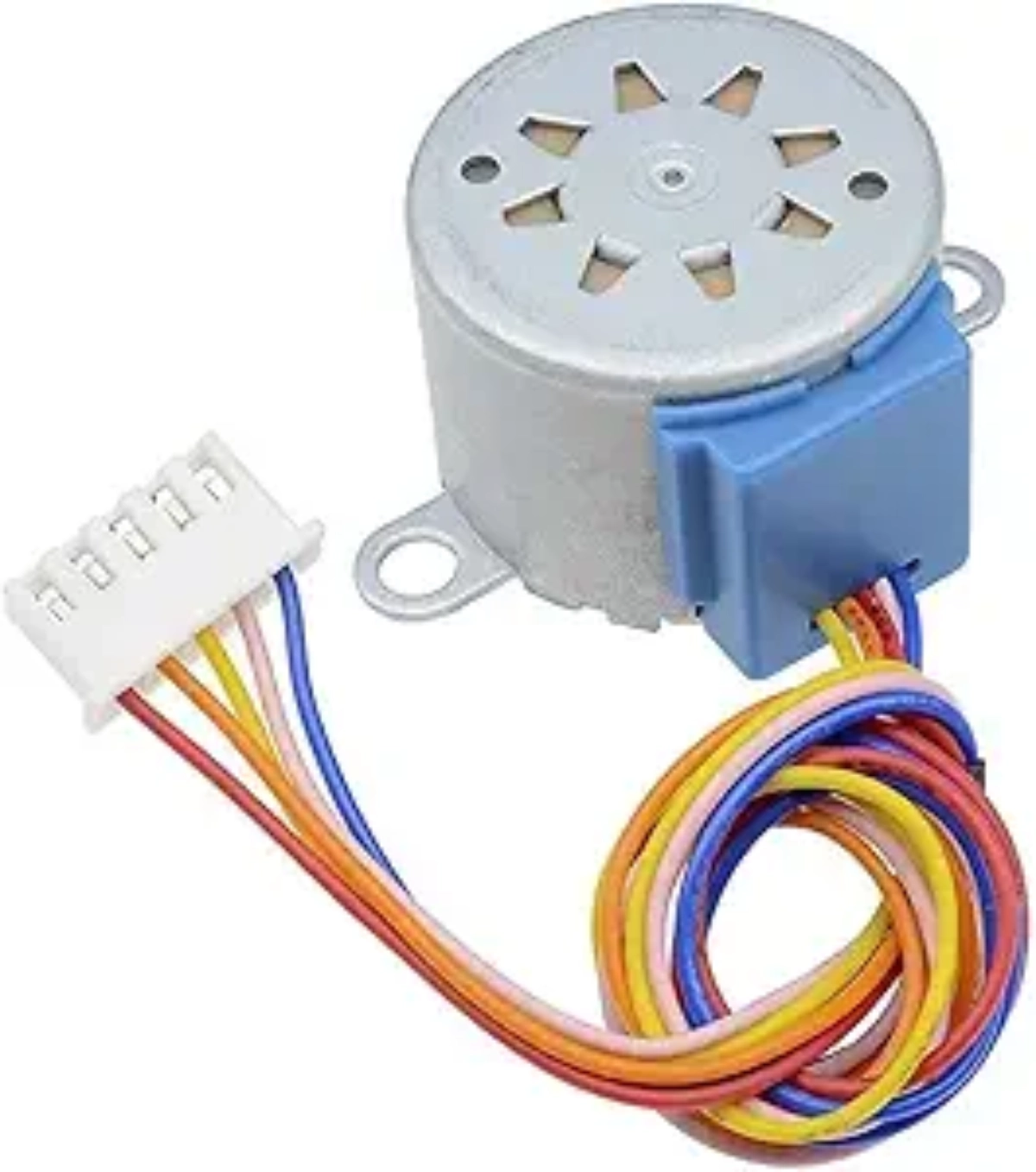What Is the 28BYJ-48 Stepper Motor?
If you’ve ever built a robot, automated a gadget, or tinkered with Arduino, you’ve likely heard of the 28BYJ-48 stepper motor. This ultra-affordable mini motor (under $5!) is a favorite for DIYers, students, and engineers tackling small-scale projects. But what makes the 28BYJ-48 stepper motor so special?
In short, it’s a compact, gear-driven motor that moves in precise steps. With its built-in gearbox and 5V power needs, it’s perfect for lightweight tasks like turning clock hands or adjusting camera angles. Let’s dive into how it works, where to use it, and how to make it shine in your next project!
Understanding the 28BYJ-48 Gear Motor
How Does It Work?

The 28BYJ-48 is a unipolar stepper motor, meaning it has two coils controlled by a simple 5-wire setup. Here’s the magic:
- Stepping: Moves in fixed angles (5.625° per step).
- Gear Reduction: Built-in gears multiply torque and refine motion (64:1 ratio).
- Control: Uses pulses from a microcontroller (like Arduino) to rotate.
Think of it like a clock’s minute hand: Each tiny “click” is a precise step forward or backward.
Key Specs: Small Motor, Big Potential
| Specification | Details |
| Voltage | 5V DC |
| Step Angle | 5.625° (64 steps per rev) |
| Speed | ~15 RPM (with ULN2003 driver) |
| Torque | 34.3 mN·m (light-duty) |
| Size | 28mm diameter x 19mm height |
Note: The gearbox reduces speed but boosts torque for small tasks.
Where to Use the 28BYJ-48 Motor
This mini stepper is perfect for:
- DIY Robots: Steering wheels, arm joints.
- Home Automation: Motorized blinds, pet feeders.
- 3D Printers: Extruder adjustments (low-force).
- Camera Sliders: Smooth panning shots.
- Educational Kits: Teach coding and mechanics.
Real-World Example: Hobbyists use it in “Sunflower” robots that track light!
How to Wire and Control the 28BYJ-48
You’ll Need:
- 28BYJ-48 motor + ULN2003 driver board.
- Arduino (or similar).
- 5V power source (USB works).
Step-by-Step Wiring:
- Motor to Driver: Plug the motor’s 5-pin cable into the driver.
- Driver to Arduino: Connect IN1–IN4 to digital pins 8–11.
- Power Up: Link driver’s “+” to 5V and “-” to GND.
Choosing the 28BYJ-48: Pros and Cons
Why Pick This Motor?
- Cheap: Costs less than a coffee.
- Easy to Use: Plug-and-play with Arduino.
- Quiet: Great for indoor projects.
Limitations
- Low Torque: Struggles with heavy loads.
- Slow Speed: Not ideal for high-speed tasks.
Tip: Pair two motors for double the power!
Fixing Common Issues
- Motor Not Moving?
- Check connections.
- Ensure the driver is powered.
- Overheating?
- Don’t overload it.
- Add a heat sink to the driver.
- Jittery Motion?
- Reduce speed or use micro stepping (advanced).
FAQs: Quick Answers to Your Questions
The 28BYJ-48 stepper motor is mainly used in DIY electronics, Arduino projects, robotics, and home automation. It’s great for applications that need precise, low-speed rotation like camera controls or small robots.
The 28BYJ-48 isn’t super powerful, but it’s strong enough for lightweight tasks. It’s ideal for small projects where accuracy matters more than force, like turning knobs, sliders, or moving lightweight parts.
The typical torque of a 28BYJ-48 stepper motor is around 300 to 450 gram-centimeters (gf·cm), depending on voltage and load. It’s enough for basic projects, but not suitable for heavy-duty use.
Mass production! It’s designed for low-cost, low-power tasks.
Yes! Use a higher voltage (up to 12V) with caution or gear modifications.
Yes—use Python libraries like RPi.GPIO.
Very! The gearbox ensures precise positioning (±0.01°).
Conclusion: Start Small, Create Big!
The 28BYJ-48 stepper motor proves you don’t need a big budget to build smart gadgets. Whether you’re a student, hobbyist, or pro, this tiny titan offers endless tinkering potential. Grab one, wire it up, and let your creativity spin!
Author Bio:
Uthshab is a robotics educator with 8+ years of experience in DIY electronics. He’s helped thousands of learners master affordable tech through hands-on tutorials.

